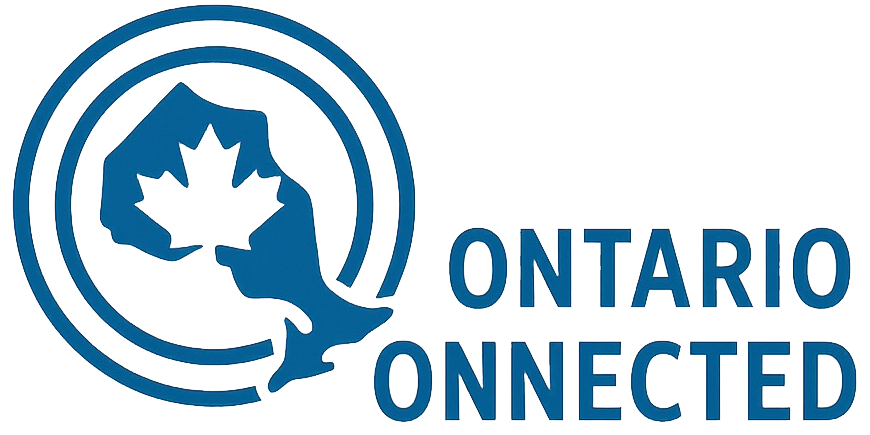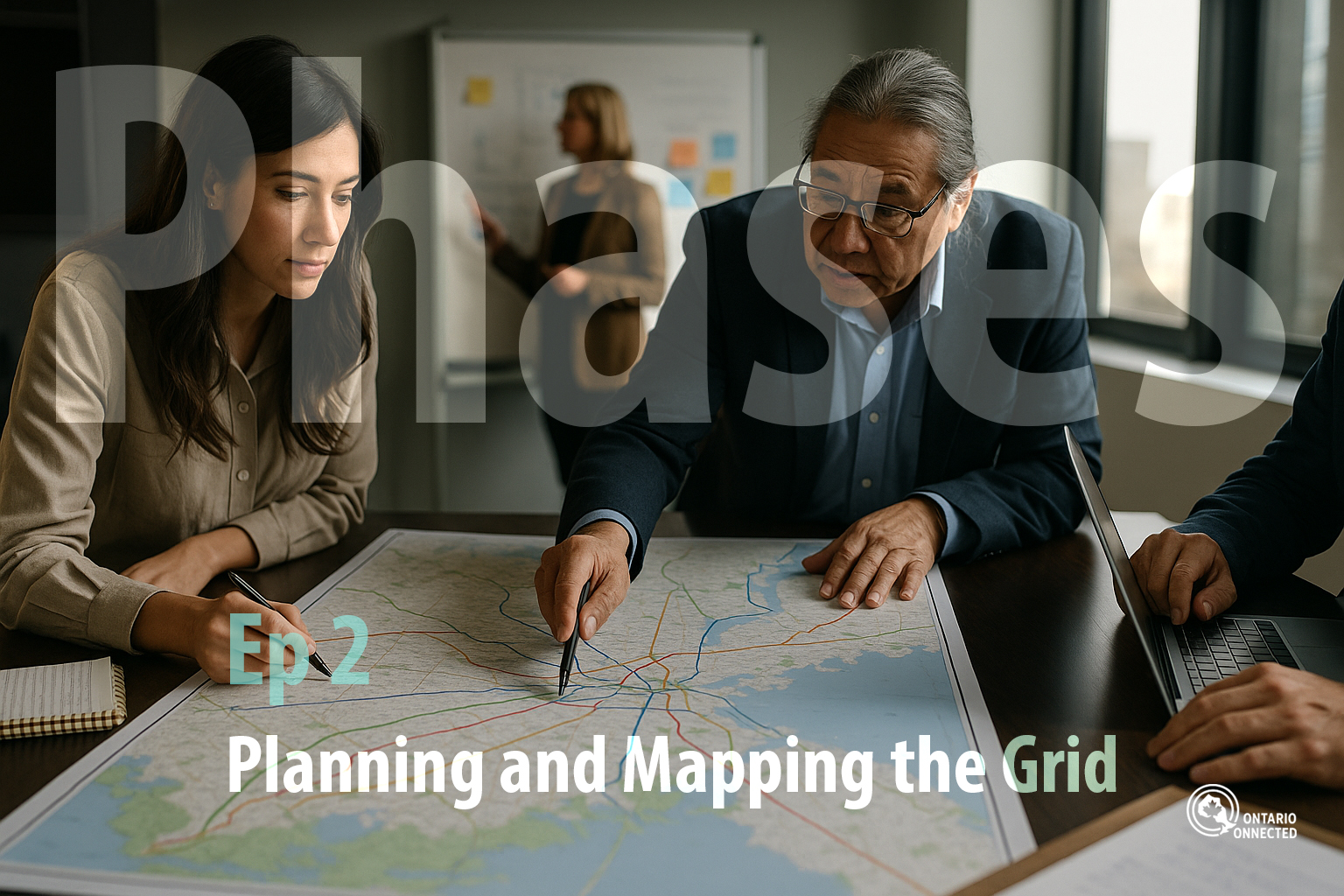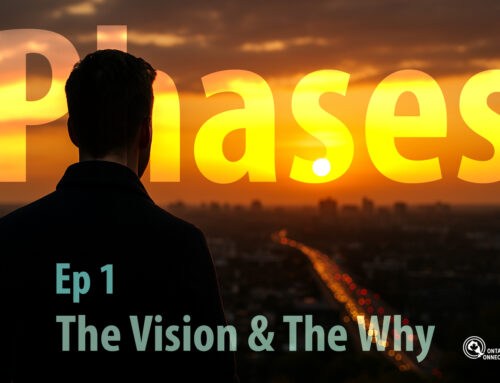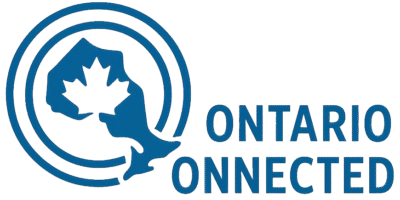Episode 2: Planning and Mapping the Grid
Every great project begins with a map. Not just a map of lines and destinations, but a map of choices — choices that determine who benefits, who is heard, and how the future takes shape.
Before the first tunnel is dug or the first train rolls out, Ontario must decide where the network will run, how communities will be included, and how to safeguard the land and water that define our province. This is the phase where ideas meet reality, and it is the phase that will decide whether Ontario Connected is truly for everyone.
Choosing the Routes That Connect Us All
Ontario is vast. From Windsor to Ottawa, from Toronto to Sudbury, the distances are long and the needs are diverse. Choosing the routes is not just about linking big cities — it’s about ensuring small towns and rural communities are not left behind.
The grid must connect economic centres, universities, Indigenous communities, and regional hubs. Routes should balance efficiency with inclusion: cutting travel times dramatically while opening opportunities for communities that highways have bypassed for decades.
Listening Before Building
For too long, major infrastructure has been designed behind closed doors, with communities informed only after the decisions were made. That approach cannot continue. Indigenous nations must be partners from the start, with decision-making power, revenue-sharing, and cultural representation built into the project.
Local communities, too, need a voice. Farmers worried about their fields, homeowners concerned about property, small towns looking for growth — all must be part of the conversation. A connected Ontario can only work if everyone feels ownership of the project.
Protecting the Land and Water
Ontario is blessed with rivers, lakes, forests, and farmland that sustain life and culture. Planning the grid means asking hard questions: How do we tunnel under rivers without damaging ecosystems? How do we cross farmland without cutting communities off from their fields? How do we protect water, wildlife, and natural habitats while building at scale?
The answer is not to avoid these questions — it is to face them head-on, with the best technology and the clearest transparency. This is not just a rail project; it is a chance to prove that Ontario can build big while protecting what makes it beautiful.
Governance and Funding Foundations
Planning is also about trust. Ontarians need to know who is steering the ship. A permanent, non-partisan Ontario High-Speed Rail Authority must be created to oversee the project, insulated from political cycles and guided by transparency.
Funding, too, must be locked in early. Multi-year, multi-decade commitments — much like healthcare and education — are needed to prevent cancellations every time power changes hands. Federal, provincial, and municipal governments must share the load, with Ontarians themselves given the chance to invest through infrastructure bonds.
Closing Vision
Planning is not the glamorous stage. There are no ribbon cuttings, no dramatic headlines. But it is the most important stage of all. It is where Ontario decides if this will be another cancelled dream, or if it will be the backbone of the next 50 years.
Episode 2 is the blueprint. It’s where we choose routes, listen to communities, protect the land, and set the foundations for trust. Without it, there is no Ontario Connected.
Next comes Episode 3: Breaking Through Bureaucracy — where we confront the biggest obstacle of all: the system itself.




Leave A Comment
You must be logged in to post a comment.